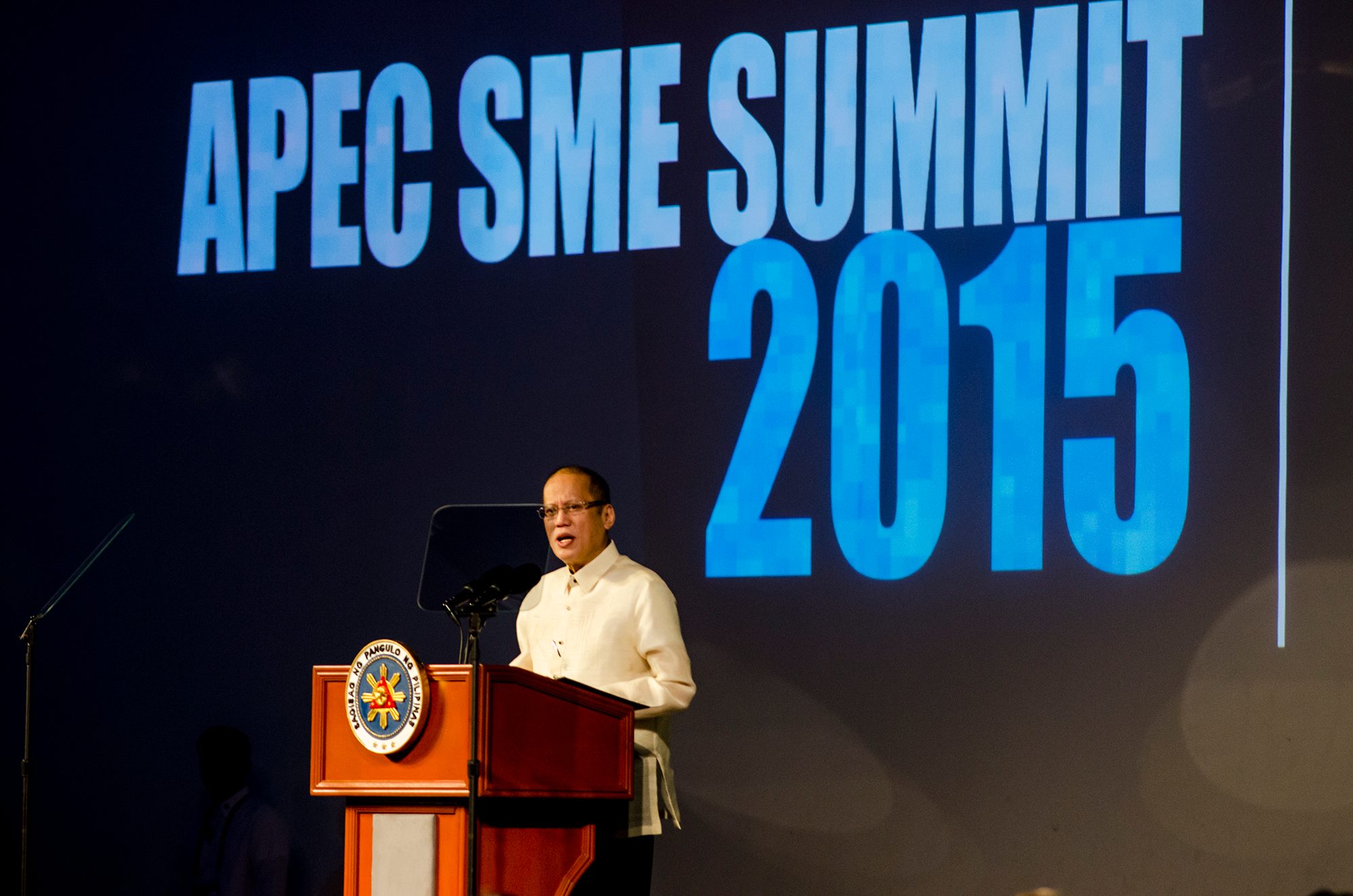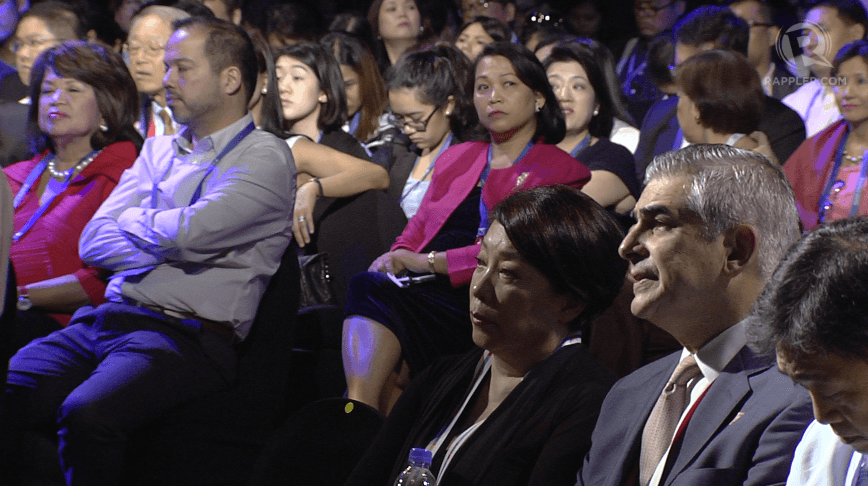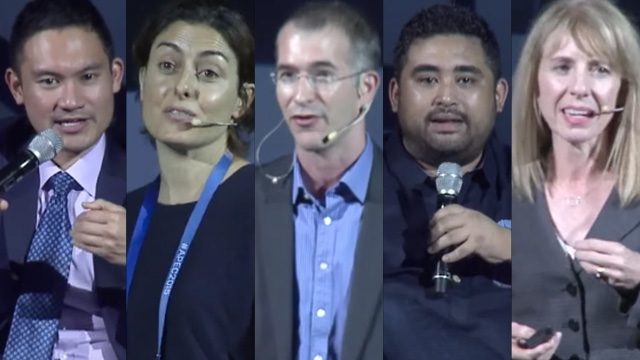SUMMARY
This is AI generated summarization, which may have errors. For context, always refer to the full article.

MANILA, Philippines (UPDATED) – How do SMEs (small and medium enterprises) start? Some come into the field with an idea and a vision already in mind; others come into it by circumstance.
For Angelo Umali, co-founder and CEO of Simple Wearables, his initial goal was simple: he wanted to solve a big problem.
Before entering the technology world, Umali wanted to become a doctor. But his two interests came together following a tragic turn of events: his grandmother fell down, a fall worse than what the family had expected. Several days later, she died.
This, Umali said, was how he found the problem that he needed to solve: he decided to create a device that would automatically send notices to any family member should the wearer collapse or need emergency help.
Umali founded Simple Wearables, and his team created SimpleWave – a device that would not only help save a person’s life, but would also provide immediate family members peace of mind.
“Today I see the dots connecting. My desire to be a doctor is now happening through technology,” he said.
Umali’s high-tech solution, born out of a passion to solve big problems, is just one of the ways small businesses can create a difference in society.
Nurturing ground
The Philippines is a nurturing ground for micro, small, and medium enterprises (MSMEs), but not all succeed and survive.
With a competitive market, slowdown in the global economy, and restrictive access to capital, SMEs continue to face challenges that hinder them from fully realizing their potential. (READ: SMEs in the Philippines: Going beyond survival)
At the Asia-Pacific Economic Cooperation (APEC) summit on SMEs on Tuesday, November 17, business leaders and founders of successful startups came together to discuss ideas and lessons that entrepreneurs across the Asia Pacific region can adopt.
For Google’s Barbara Navarro, SMEs also hold another advantage that give them the potential to be great innovators.
“SMEs have an amazing advantage: the size, the flexibility to move to another thing if one solution is not working,” she said.
“New technology allows us to be more flexible,” she added.
Innovation at the heart
Most speakers stressed innovation as the heart of what makes successful SMEs. Scott Anthony, managing partner of consulting and investment company Innosight, said that aspiring entrepreneurs should not always equate innovation with creating something entirely original, new, and unprecedented.
“One of the mistakes we think in innovation is that we need to do something no one else did. But that’s not true. What great innovators do is to put themselves at the intersection, at the colliding of new ideas, taking in an idea from one area and bringing it to another,” he said. (READ: Geox founder: Be unique, protect your ideas)
Anthony added: “Someone in the world has probably stared down the problem you are facing. Find that inspiration, borrow it brilliantly, and adapt it to your circumstances.”
In some cases, innovation means taking something complicated and simplfiying it.
For Anthony, great innovators are able to simplify complicated processes and are bold enough to be disruptive – to do what the market leader doesnot want to do.
The important thing, he said, was to do something different that creates value.

Empowering customers
For online recruiting platform Kalibrr, innovation involves looking to the past, understanding where the problem lies, and figuring out a novel way to approach the problem.
Kalibrr CEO Dexter Ligot-Gordon noticed that the Philippines’ fast-paced growth came with high demand for skilled Filipino workers. But the usual jobseeking process involves companies being flooded with hundreds of resumes, and jobseekers remaining anonymous dots among a sea of competitors.
To help solve the problem, Kalibrr decided to do the jobseeking process a different way.
“We’re going to make our jobseekers the heroes. We’re going to flip the switch. Rather than having them look for work, we’re going to have jobs look for them,” Ligot-Gordon said.
In the Kalibrr model, companies can list openings, and then be able to find the right employees who match the requirements they seek.
“Why don’t we empower the jobseekers to build their profiles and showcase the skills they have?” he said.
Policy changes needed
While success mostly lies in the creative stroke and perseverance of the people behind SMEs, Karen Reddington, president of the Asia Pacific division of FedEx, said small businesses also need external support.
As SMEs build on improving their internal processes, changes are also needed at the policy level with the help of government.
“Some of the key things that need to change are systems, processes that support trade,” Reddington said.
Simple matters, such as digitizing processes like customs clearance, can make a world of difference, she added. – Rappler.com
Add a comment
How does this make you feel?





There are no comments yet. Add your comment to start the conversation.